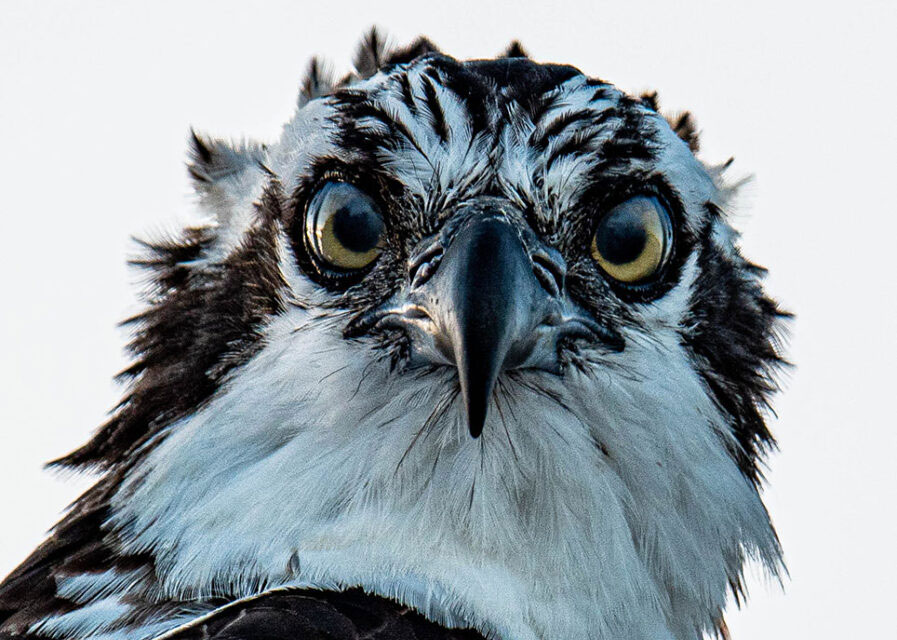
Nighttime Istanbul I
Istanbul, a photogenic city, has a special charm at night with its various historic and modern landmarks colorfully lit. I have been exploring nighttime Istanbul with striking results.

The Bosporus Strait with European Istanbul to the left, Asian on the right.
It began with an opportunity to juxtapose the setting moon, a crescent, against ancient Ottoman mosques. As it turned out, the city was ideal for such shots because of its uninterrupted waterfront along the Bosporus. Standing on the Asian side, there was a clear view of the moon descending on the Old City.

Map showing relationships of the Old City (bottom left), Asian side (right), Galata Tower & 1st Bosporus Bridge

Crescent setting against the Süleymaniye Mosque, named after Suleiman The Magnificent who ruled in the 16th century at the zenith of the Ottoman Empire.

Taken one day later, a fuller crescent now sets against the Sultanahmet (Blue) Mosque.
Another iconic landmark viewed from the same area , albeit at some distance, was the Galata Tower (1343). Built in Byzantine times by the Genovese who occupied Galata Hill, the tower was renovated in the 20th century with a dramatic conical roof added on.

Galata Tower, viewed from Salacak.
Moving on to the European side of the Bosporus, a small plaza in the lively Ortakӧy neighborhood, affords a classic view that has become a symbol of Istanbul.

The Bosporus at Ortakӧy, with the Büyük Mecidiye Mosque and the first Bosporus bridge.
The view juxtaposes antique and modern. The mosque, completed in 1856, is an excellent example of Ottoman Baroque architecture, while the suspension bridge, completed in 1973 is a symbol of modernity in the Turkish Republic. The plaza is small and usually full of locals, street vendors, countless selfie takers and professional photographers shooting women wearing flowing gowns in front of the striking scene. The photo is best taken at dawn, when the area is less crowded.
An interesting perspective of this mosque and the bridge can be had from Üsküdar (Scutari) on the Asian side. Viewed at a distance, the mosque is dwarfed by the bridge but still beautiful.

First Bosporus bridge with the Ortakӧy Mosque beneath its European pillar on the left.
Recep T. Erdoğan, the Islamist leaning president of Turkey, built a giant new mosque atop Çamlıca Hill. This is the highest spot in the city, the mosque visible from numerous quarters, close and distant. The building is a point of contention for secular Turks who are offended by its Ottoman leaning symbolism, not to mention its enormous cost. Nevertheless, it is extremely photogenic and has become a magnet for Turkish photographers.

Çamlıca Mosque viewed at a distance, from the Hilton Hotel in Harbiye.
On another photo outing to capture a full moon, I had a memorable experience viewing the mosque up close, from a park in Kuruçeşme. I captured a rising full moon against its minarets

Full moon rising behind the Çamlıca Mosque.

Close up the moon between its two minarets.
This photo shoot happened at sunset. I then took a long walk north along the European shores of the Bosporus as darkness set in and various structures became floodlit. I stopped here and there and took more shots.

Kulelei military school at Çengelkӧy with the Çamlıca Mosque atop.
As an interesting aside, Istanbul is a safe city. You can walk with expensive photographic gear at all hours of the night, something I would never do in San Francisco, and no one will accost you. On the contrary, I was approached by friendly, curious Turks who struck conversations with me and were awed by my captures on the camera’s LCD screen. I became friends with many, exchanging Instagrams with them.

The First Bosporus bridge, seen from the European coast, north of Arnavutkoy.

Close up of Çamlıca Mosque from near Bebek.
This is the first of a series on the subject. More to come soon.










